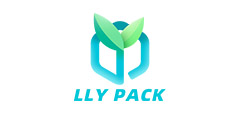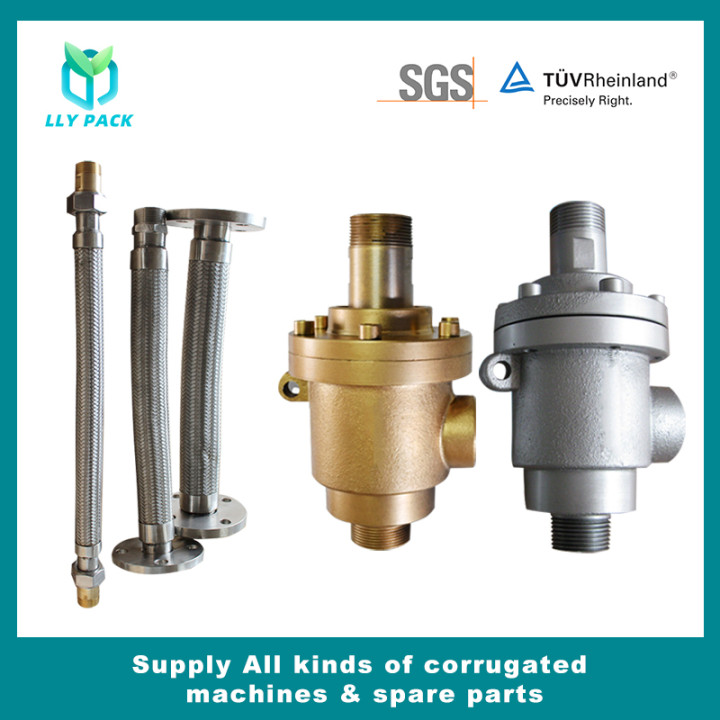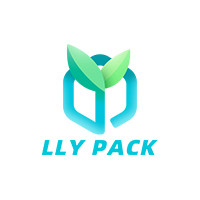Miniature corrugated fiberboard is a new type of corrugated board that has emerged abroad in recent years, such as F, N, G type, etc. Miniature corrugated cardboard is regarded as the mainstream of the market for corrugated cardboard packaging materials in the future, because it has the dual effects of better physical properties and printing quality of corrugated cardboard and cardboard. Taking the European and American markets as examples, companies in the United States, Sweden, Germany, and other countries have expanded their traditional A, B, C, and E types to F (with a height of 0.75 mm) with the in-depth study of corrugated miniaturization. ,G楞(0.50mm), N楞(楞0.46mm), 0楞(楞0.30mm), the total output accounts for about 8% of corrugated board. Miniature corrugated board will gradually replace cardboard, such as parcel box, cold: East food box and heavy industrial box, especially the carton over 400g/m2 will be replaced by ultra-thin quilt. It can be said that in the packaging of small home appliances, hardware tools, computer software, household utensils, toys, fast food, and other color boxes, the design of micro-tiles will set off an upsurge. At present, it is a trend to replace the use of color-printed E papers with micro-corrugated cardboard. A large number of packaging users use cardboard boxes, and many large companies have begun to use G-boards for packaging. According to relevant data, the ultra-thin corrugated paperboard market will grow at an alarming rate of 20% each year.
The advantages of miniature corrugated
Good bursting and flexing performance
Miniature corrugated is the finest corrugated in production at present. The potential advantages of using this corrugated material in packaging are excellent bursting resistance and flexing performance, as well as light weight and thin plate. As the market demand changes, it will produce Increasing influence.
Excellent stacking strength and cushioning protection for goods. Miniature corrugated sheets have excellent stacking strength and gasket protection for merchandise, and can be used for high-quality, luxury-pattern printing. In Europe, miniature corrugated carton cartons have largely replaced cartons in general carton packs and are widely used in the packaging of household goods, computers, electrical products, clothing, toys, washing and cosmetics.
Corrugated smooth and better printability
The remarkable feature of miniature corrugated is that it is smoother than E-type corrugated and has better printability and good processing performance. In the carton processing, no need to replace the equipment such as drum die-cutting machine of the original processing board, even in the flat panel. Die cutting machine for processing. Due to the low grammage of micro-corrugated board, the material cost is also reduced, and in addition to its excellent performance, the competitiveness of its market is also optimistic about the insiders.
Miniature corrugated board offset printing process
Choosing a printing machine that satisfies the offset printing process for printed mini-corrugated board
Since the micro-corrugated cardboard interlayer is a corrugated support, it is easily deformed by pressure and causes variations in the printed dots. Therefore, the control of the printing pressure during printing is required to be very accurate. The printing pressure is too large, the corrugation is deformed and the dot is enlarged: the printing pressure is small, the dot transfer is incomplete or the dots are made to be imaginary, and the final printing reduction effect is poor. Therefore, the correct choice of machines is particularly critical. The printing machines that can meet this requirement on the market today include the KBA-Rapida sheet-fed offset press and the R905-6LV offset press.
Choose a special blanket suitable for printing on miniature corrugated cardboard
Due to the special nature of micro-corrugated cardboard, special air-cushion blankets with high elasticity and high ink transmission performance were used in the development of direct offset printing micro-corrugated cardboard. Thanks to the good pressure-bearing properties of the blanket, it can relieve the sharp increase in pressure during printing, minimize the deformation of the micro-corrugated board, and minimize the reduction effect of the printing plate dot. The specific requirements for blankets are as follows
■ Hardness choice The hardness of the blanket is the key to the integrity of the printed dot transfer. High hardness, easy to wear plate, but the transfer of clear dots: low hardness, easy deformation of the dots.
■ Small compression deformation In the high-speed printing process, the rubber blanket is periodically compressed and deformed, resulting in compression fatigue, which will cause permanent deformation for a long time, reduce the thickness of the blanket, reduce the elasticity, and increase the hardness.
■ Good ink transfer performance: Blanket, as the intermediate carrier for dot transmission, must have good ink adsorption capacity, ink transfer performance, and strong water repellent performance. Oil and solvent resistance on the surface: The surface layer of the blanket must have good oil and solvent resistance, prevent swelling due to contact with chemicals during printing, and cause dot distortion.
■ Appropriate elongation: It requires that the fabric of the bottom cloth of the blanket is fine and uniform, smooth and firm, and the expansion and contraction rate is small, and the inner adhesive layer overlaps and has good adhesive performance, and is not easy to split. The vertical and horizontal directions are absolutely vertical. In order to avoid the blanket being easily stretched in the printing process, the adhesive layer will be thinned and the elasticity will be reduced, which will cause the dots to be expanded and deformed and the overprinting will be inaccurate. After several trials, a special air-cushion blanket can be used that satisfies the correct transfer of corrugated board offset printing dots.
Water and ink balance control during printing
The emulsification rate of the ink is strictly controlled during printing. The control of the “washboard” problem during printing is the control of the ink ink balance and the printing pressure in the offset printing process. It is the control of the consistency of the micro-corrugated board thickness and the best control point of the moisture content. The control of ink and water balance during printing is very important. It directly affects the print quality and appearance quality of printed products. The ink balance during printing is the emulsification process of water in the ink, and the amount of dampening fluid in the miniature corrugated plate offset printing is controlled smaller than that in the normal offset printing. Since the addition of water can cause “washboard” problems after microwaxed board printing, the control of ink emulsification rate during printing is also critical.
Choose inks that meet abrasion resistance, high flow, and high tinting strength
Due to the shape of the surface of the miniature corrugated cardboard, the colored surface is uneven. Therefore, if the ink is selected incorrectly during printing, the ink dot above the peak of the corrugated medium will be completely reduced, and the mesh at the peak and valley will only be It will come into contact with the surface part of the printing material. Therefore, if you want to avoid bright and dark spots, you must ensure that the ink can be completely transferred even in incomplete contact. Therefore, we must choose a more flexible ink to meet this requirement.
Choosing Miniature Corrugated Paperboard Materials to Meet Print Requirements Miniature corrugated paperboard is defined primarily by two parameters—height in inches or millimeters, and lay length in watts per foot or meter. For example, F-type corrugated cardboard has a thickness of 0.75 mm and 420 watts per meter. At present, there are micro-type corrugated type E, F type, N type, O type and so on.
In direct offset printing, the selection of corrugated paper is another important factor affecting the quality of printing. Because there is water printing, we must choose good quality corrugated raw materials, otherwise it will cause the corrugated board to soften and cannot be accurately printed.
The raw materials of corrugated paper can be roughly divided into two categories: primary fiber paper and secondary fiber paper (recycled paper). Therefore, in order to ensure the printing quality, a corrugated cardboard made of fiber paper should be selected.
After the micro-corrugated cardboard is subjected to plastic deformation under pressure, how to reduce the plastic deformation during printing is very important. It has been proved that when horizontal silk corrugated cardboard is used in printing, the corrugated direction is consistent with the pressure of the printing line, and the horizontal corrugated cardboard has large plastic deformation and corrugation. The printing is difficult. When using straight-line corrugated cardboard, the direction of corrugation and printing are used. The direction of the line pressure is criss-cross and the pressure of the printing line is dispersed. The plastic deformation of the corrugated cardboard is greatly reduced, and no corrugation crush phenomenon occurs, and the printing dot transfer performance is good. Therefore, offset printing chooses straight wire micro-corrugated cardboard as the printing material.
The uniformity of the thickness of the micro-corrugated cardboard is another requirement for direct offset printing of high-grade color micro-corrugated board. Because the inconsistency of the thickness of the micro-corrugated cardboard will cause variations in the printing pressure caused by dot variation.
Chen Yongchang School of Papermaking, Shaanxi University of Science and Technology
Source: Global Corrugated Industry










